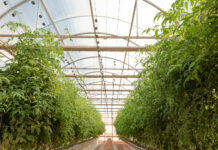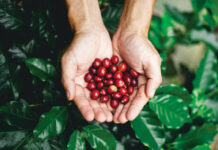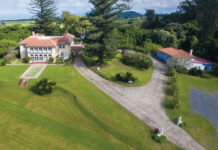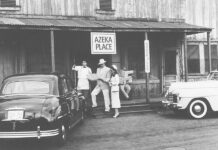Past, Present and future . . . in a Glass
It had been fifteen years since I’d stopped at the winery in ‘Ulupala-kua, returning with a carload of visitors from a dusty “backside” tour around East Maui’s perimeter. In those days, the tasting room offered petite samples of sweet, pineapple-based wines. I seem to recall paper cups. A return visit never made it into later itineraries, though the guests kept coming. This, it turns out, will change.
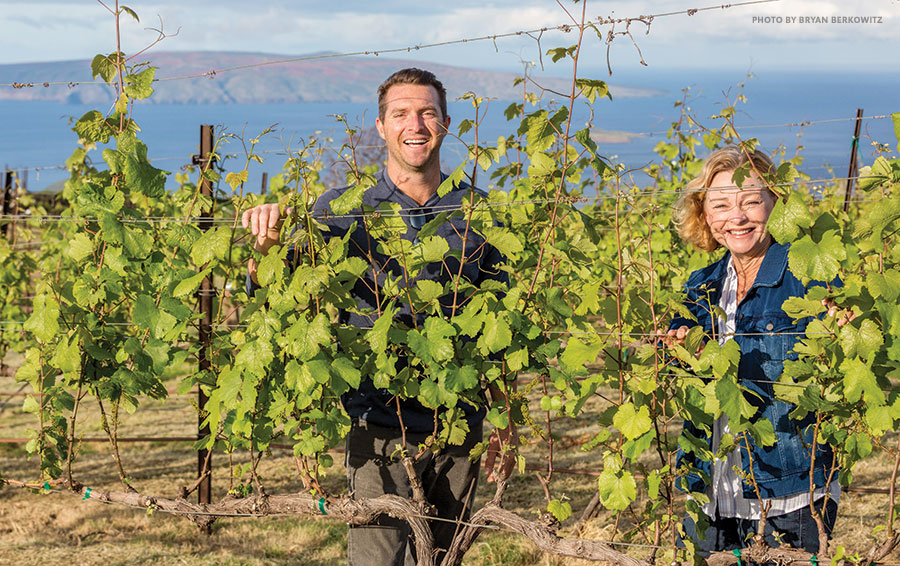
“Pineapple wine was a mistake,” jokes Joe Hegele, MauiWine’s marketing and sales director, referring to trials in the late 1970s by the winery’s first vintners. While waiting for the grapevines to mature, they produced a sparkling beverage from the “pine” that was still one of Maui’s two major agricultural engines. Their experiment created an iconic bestseller for the winery.
MauiWine’s home base is steeped in history. In 1856, a retired whaling captain named James Makee purchased the property, built a mill for the sugarcane he planted, and started a cattle ranch; the stone building that once served as a hoosegow for rowdy ranch hands now hosts private wine tastings. The winery’s history and tasting rooms occupy the cottage Makee built for frequent guest David Kalākaua, Hawai‘i’s last king. Like the monarchy, those days are gone, but a deep tradition of hospitality abides, and is the foundation for the winery’s transformation as a destination experience.
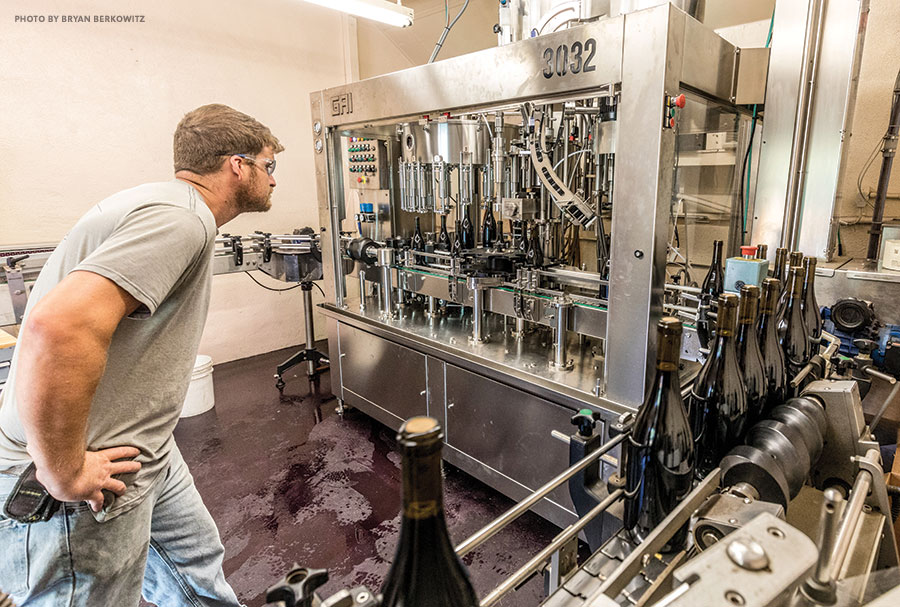
“We’ve changed dramatically over the last five years,” says Joe, who grew up around the winery that his mother, Paula, has managed for twenty-five years.
Before Maui Land & Pineapple Company closed its cannery, the winery only had access to crushed fruit. A few years ago, several former ML&P employees launched the smaller Maui Gold Pineapple Company; today MauiWine selects fruit from those fields to match desired taste profiles for its three pineapple-based bottlings. It also has its own press and controls the entire process. “The beauty of pineapple wine,” says Joe, “is that it’s a year-round fruit and the wine only takes a few months to make, so production is on demand.”
He adds that a new license allows them to charge for tasting and on-site consumption. The demand is there: visits routinely top 300 people per day, a statistic that he thinks exceeds most tasting rooms in the country. They offer three flights of five wines each. My flight includes Maui Blanc, the “experiment” that built the winery. It’s crisp and bright, not overly sweet . . . and served in a wine glass.
The success of the pineapple wines helps support the continued development of the “passion side” of the venture. After more than four decades in business, the winery keeps working to improve the experience for visitors and wine enthusiasts—in its renovated history room, updated website, specialized tours and knowledgeable, enthusiastic staff. Like the vines, the wine offerings have matured; estate-grown vintages include chenin blanc, grenache, malbec, viognier and several blends. Many are available online. The company’s new wine club has over 1,000 members.
“We’re making some really good wines,” says Joe. He adds that, because grapes reflect the distinctive terroir where they’re grown, MauiWine’s vintages represent a uniquely Maui experience.
I won’t wait for a backside tour for my next visit.


